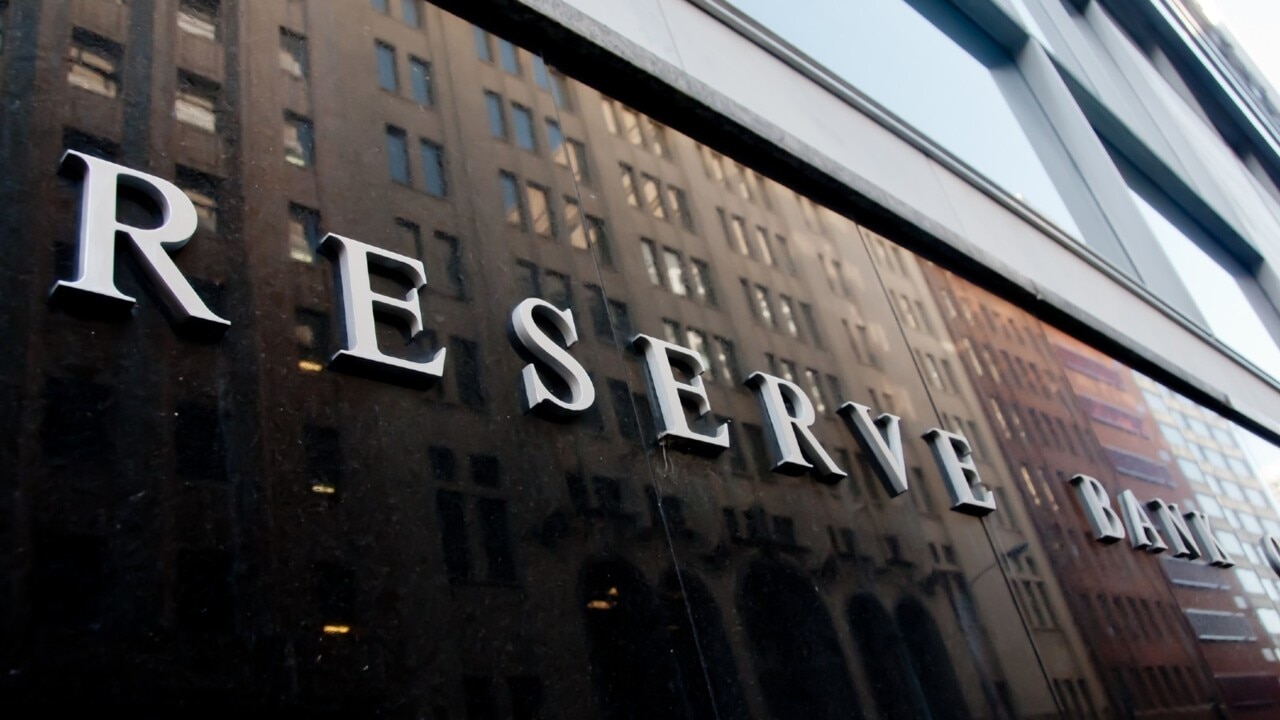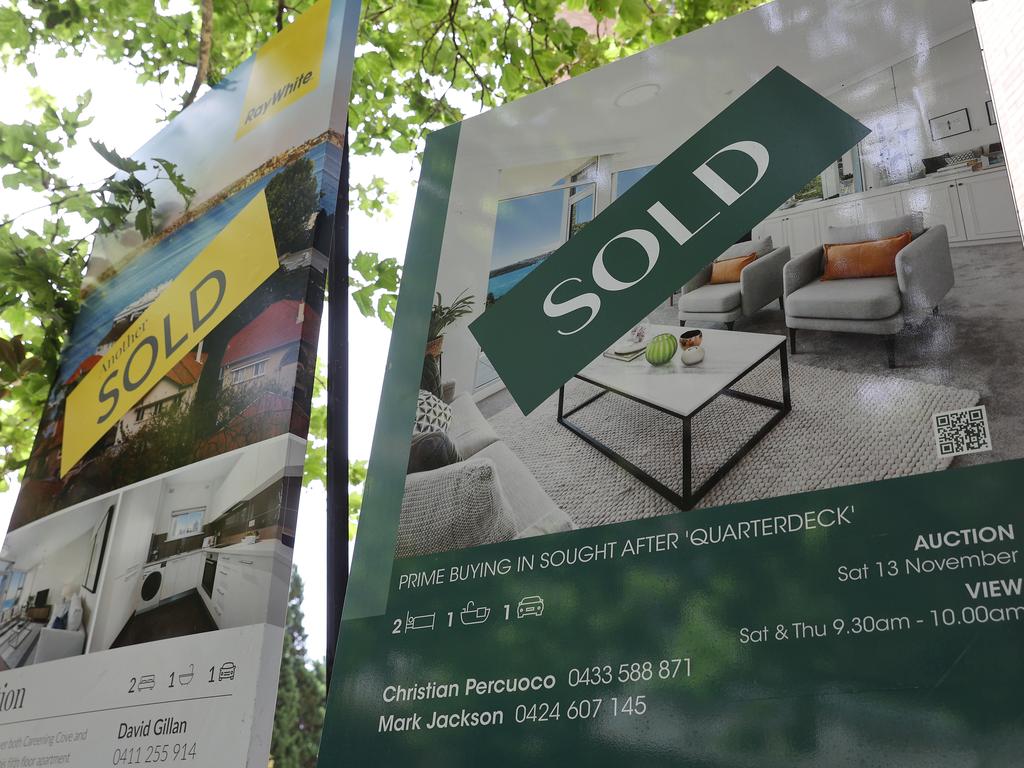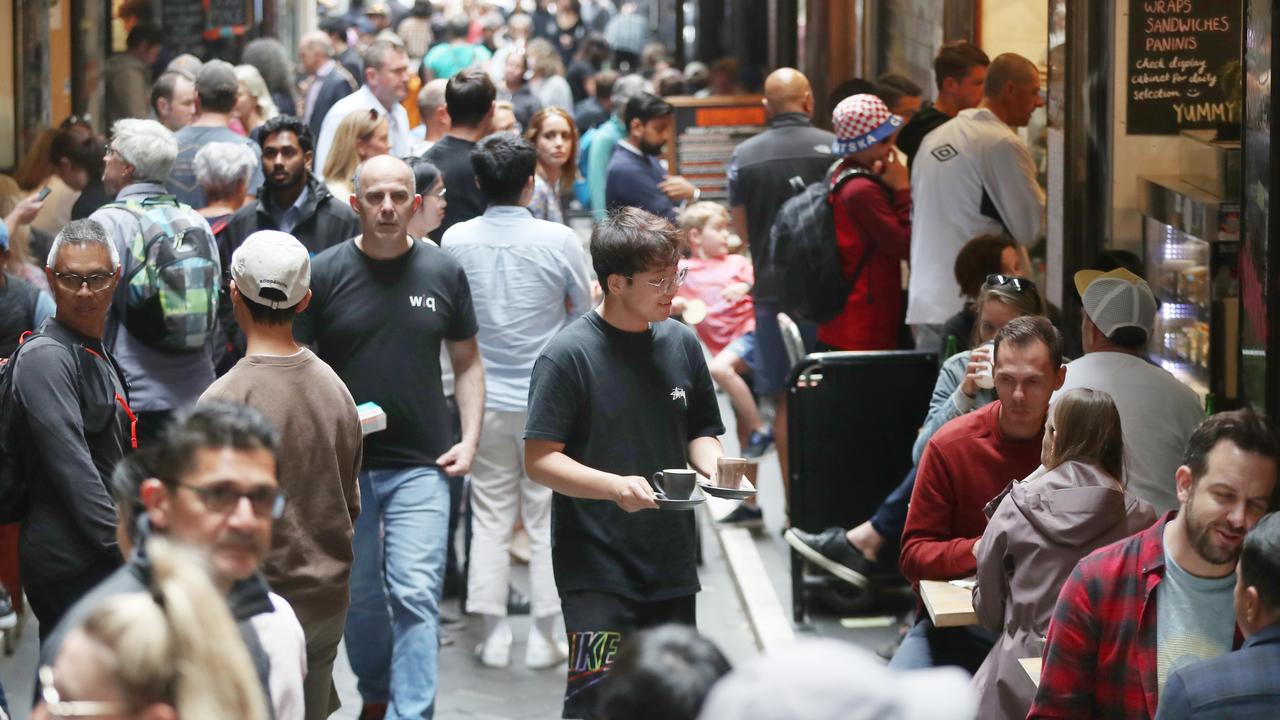‘Have faith’: The factors that could see the Australian property market crash – or not
We’ve been here before – looking down the barrel of an Australian housing crash. But there’s an unexpected reason why it probably won’t happen.

ANALYSIS
Amid rising levels of global uncertainty and the largest relative rise in mortgage rates in Australian history, there is one question households across the nation are asking.
Will house prices crash?
In the last release of the national accounts that covered the fourth quarter of 2022, growth in per capita inflation adjusted terms flatlined, while the private sector of the economy contracted by 0.1 per cent.
But despite this backdrop of deteriorating economic conditions and the largest falls in real household incomes since at least the 1980s, the spotlight often remains on something else entirely: Australian house prices.

While commentary on the Aussie housing market is often defined by three simple words – “It’s different here” – there are some similarities which have prompted rising levels of concern that Australia could follow the likes of the United States down the well-trodden path of a housing crash.
But rather than this being all about those similarities and the potential downside, we’ll also be looking at factors supporting a more optimistic outlook, so that you can make up your own mind. In the interests of ending on a positive note, we’ll start by looking at what could lead us down the path of a housing crash.
Factors for a housing crash:
• A slowing economy
Since emerging from a recession in October 1991, Australia hasn’t experienced a normal recession. While the pandemic did technically see the nation’s economy experience two quarters of negative growth, it wasn’t a recession as we know it.
Rather than seeing consumer consumption drop off as one would expect, by May 2020 retail spending had already risen by 3.5 per cent compared with pre-Covid levels. By the time November 2020 rolled around, retail spending was a whopping 13.7 per cent higher than the last pre-Covid figure.
With over half a trillion dollars in government support pledged during the pandemic, the normal hallmarks of a recession were stopped in their tracks as much of the economy boomed and millions of Australians experienced a windfall of extra government cash in their pockets.
Fast forward to 2023, the same government support that prevented a normal recession from playing out in 2020 is now playing a role in fuelling inflation.
With inflation increasingly broadbased and running at multi-decade highs, the options for stimulus are minimal depending on how serious the Albanese Government is about not further stoking inflationary pressures.
• Mortgage holders in trouble
According to an analysis by the RBA, 14.6 per cent of mortgage holders would find themselves with negative levels of spare cashflow after paying their loans based on a 3.6 per cent cash rate. At the time, a 3.6 per cent cash rate was a hypothetical benchmark under which the expected stress of mortgage holders could be gauged. But today it’s a reality.
Under the similar settings to the US during the GFC, Australia could be facing the threat of mass foreclosures. But even though that is extremely unlikely to happen, falling further and further behind on repayments is a profoundly unpleasant experience to say the least and banks are not shy about tapping homeowners on the shoulder and encouraging them to sell should their circumstances deteriorate.
While it would likely be years before we saw the first judicially enforced sale, home sales driven by negative household cashflow could become a feature of the property market later in the year as higher rates and negative real wages growth bites household budgets.
Factors against a housing crash:
• The power of extend and pretend
During the Global Financial Crisis, the number of American homes facing foreclosure rose from 0.58 per cent of total housing stock in 2006 to 2.23 per cent at the peak in 2010. To put this into perspective, if the peak rate of annual foreclosures was superimposed on Australia’s total housing stock, 242,000 homes would face foreclosure proceedings.
But this is extremely unlikely to happen in Australia, despite the similarities of a sizeable proportion of households coming off cheaper fixed rates to higher cost loans.
Unlike in the US during the GFC, Australian banks and policymakers are highly likely to pursue a strategy of ‘extend and pretend’ rather than one of mass foreclosures should mortgage holders get into serious trouble.
• Faith
It may seem strange to include something as abstract as faith in this particular context, but in Australia, faith in property prices staying high is an absolutely key element in supporting the market.
“The Government cannot allow prices to go down a lot. And the banks can’t allow prices to go down a lot,” Meriton managing director Harry Triguboff said.

From Australians gathered around backyard barbecues, all the way to the boardrooms of companies headed by some of the wealthiest people in the nation, faith in the property market and government intervention to keep prices high appears to be quite broadbased.
With faith for many that prices will bounce back and eventually soar to new heights, the recent drops in prices are seen as an opportunity to ‘buy the dip’ before the next property boom sends prices to even greater heights.
One could also argue that faith in a property price recovery is depressing new listing volumes. December last year saw new listings nationally drop to the lowest level since at least 2008, a time when there were almost five million fewer Australians.
The outlook
While capital city house price falls have moderated in recent weeks, the battle lines have been drawn for a showdown later in the year between these outlined factors.
Much will depend on how the global economic and financial system backdrop evolves in the coming months. If the increasingly global banking crisis does become a truly systemic risk, the potential shift away from tightening monetary policy would favour Australia avoiding a housing crash. On the other hand, if it were to trigger a re-run of the GFC, then it is well and truly an open question as to how that would play out within the Australian banking system.
Ultimately, uncertainty defines the outlook going forward and it may not take much to tip the housing market back into swift, broadbased falls.
Tarric Brooker is a freelance journalist and social commentator | @AvidCommentator






